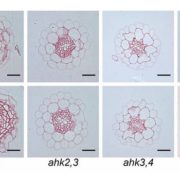
Interspecies hormonal control of host root morphology by parasitic plants ($)
Plant Science Research Weekly, Research0 Comments
/
Parasitic plants draw nutrients from their hosts. Spallek et al. explored the molecular interaction between the parasitic plant Phtheirospermum japonicum (in the Orobranchaceae family) and the model plant Arabidopsis thaliana. They demonstrated movement of tracers from the host to the parasite through…
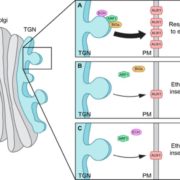
Ethylene regulates differential growth via BIG ARF-GEF-dependent post-Golgi secretory trafficking in Arabidopsis
Plant Science Research Weekly, ResearchRegulated movement to and from the plasma membrane (PM) has emerged as an important strategy for controlling the activity of plasma membrane proteins such as transporters and receptors. Jonsson et al. investigated the cellular machinery required for the insertion of the auxin-transport protein AUX1 into…
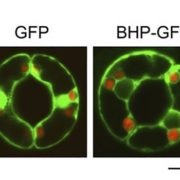
A Raf-like protein kinase BHP mediates blue light-dependent stomatal opening
Plant Science Research Weekly, ResearchHow do stomata open in response to blue light? Blue light is perceived by phototropin receptor kinases that activate BLUE LIGHT SIGNALING1 (BLUS1), type 1 protein phosphatase (PP1), and the plasma membrane (PM) H+-ATPase. Hayashi et al. screened a commercial kinase inhibitor library to identify the…
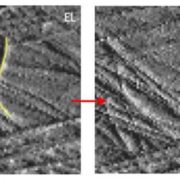
Nanoscale movements of cellulose microfibrils in primary cell walls ($)
Plant Science Research Weekly, ResearchCell walls are complex mixtures of cellulose microfibrils, proteins and other materials. Their mechanical properties can be measured and modeled, but it is not always simple to translate these measurements to changes at the molecular level. Zhang et al. used atomic force microscopy to provide an unprecedented…
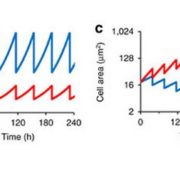
Cell-size dependent progression of the cell cycle for homeostasis and flexibility of cell size
Plant Science Research Weekly, ResearchCell size is determined by growth rate and frequency of division. Studies in yeast revealed mechanisms that coordinate these processes, as well as the crucial checkpoint controls that ensure the cell is “ready” to divide, but can models from single-celled organisms be applied to multicellular ones…
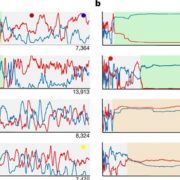
A chromosome conformation capture ordered sequence of the barley genome
Plant Science Research Weekly, ResearchCereal grasses are of course economically important, but they also have large repetitive genomes with large pericentromeric regions that have been difficult to map and sequence. Barley (Hordeum vulgare L.) is used for human and animal food and fermented to produce beer and whisky. A barley sequence assembly…
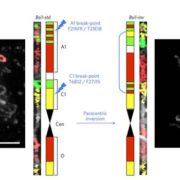
Young inversion with multiple linked QTLs under selection in a hybrid zone
Plant Science Research Weekly, ResearchChromosomal inversions are chromosomal rearrangements that can span several Mb and have been described in several organisms from Drosophila to maize. Inversions suppress recombination and can favor local adaptation and speciation if they capture favorable alleles. It’s not clear though if favorable…
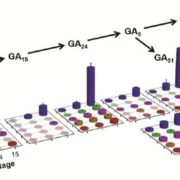
Technical Advance: Quantification of near attomole gibberellins in floral organs dissected froma single Arabidopsis flower ($)
Plant Science Research Weekly, ResearchWe all learned the series milli-, micro-, nano-, pico-, femto-, but I didn’t learn atto- (10-18), as it’s rarely used in biology, representing such a tiny number (FYI, atto- is followed by zepto- and yocto-). Li et al provide a method for quantifying gibberellin (GA) hormones at “near attomole”…
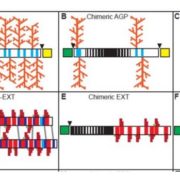
Breakthrough Technologies: Hydroxyproline-rich glycoproteins – bioinformatics and evolution
Plant Science Research Weekly, ResearchA pair of Breakthrough Technology papers in Plant Physiology discusses new tools to identify hydroxyproline-rich glycoproteins and insights into their evolution. Hydroxyproline-rich glycoproteins (HRGPs) are repeat-rich cell wall proteins that have been described as falling into three large families:…

